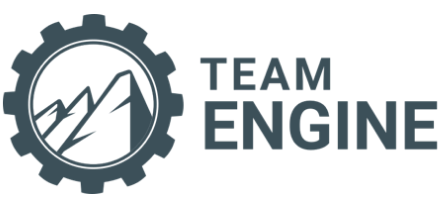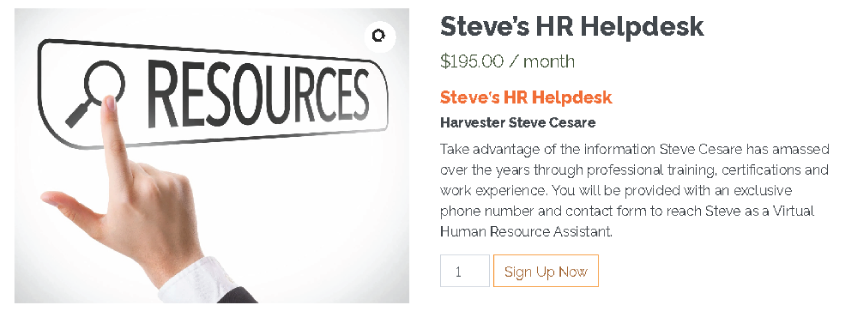
EMPLOYEE DEVELOPMENT PLANS
Steven Cesare, Ph.D.
A disheartened business owner from Virginia called me the other day to inform me that one of his top field employees just resigned. As part of his annual Performance Planning Matrix process, the business owner evaluated all of his field employees on the two stated dimensions: Current Job Performance and Future Potential. The employee in question was rated highly on both scales; thereby designating him as a “Star” in that he is currently a top company performer and has the potential to be promoted in the next 18 months.
While the owner and the employee met several times about future considerations, the employee eventually resigned due to the point that he did not see commensurate structure, investment, or development from the company to help get him to the next level. A diamond was lost; carelessly lost.
While determining a future organizational chart, future staffing decisions, or a succession plan is vital; assessment without action is apathetic. An employee development plan is the ignition switch; it transforms rhetoric into reality, it turns effort into engagement, and it leverages vision into victory. Here are the basic elements that capitalistic organizations include within their employee development plans:
Purpose: The only reason to design a development plan is to increase the probability that the company’s future business goals will be attained. Never implement a development plan for an employee, until that longitudinal organizational context has been clearly defined, verified, and approved.
Future Organizational Chart: Related to the Purpose above, the future (i.e., 18 months out) organizational chart clarifies anticipated growth, staffing needs, necessary resources, and personal accountability.
Career Ladder: Every serious company has a career ladder summarizing the hierarchical path for its field employees, spanning from Laborer to Department Manager for each revenue stream. The career ladder is used for recruitment, employee retention, compensation, and succession planning. If your company does not have a career ladder, add it to your strategic plan and get it done within 90 days. If you can’t or won’t, then don’t complain about your employee workforce anymore. Ever. Because you’re not serious.
Job Descriptions: Every position on an organization chart must have a job description; every job description (i.e., the “target” position; Foreman) must be developed within the context of the “feeder” position below it (i.e., Laborer), and the “successor” position above it (i.e., Field Supervisor). That linear sequence embodies the functional ascendency of the career ladder and each position’s unique contributions to company goals.
Performance Appraisal: Tandem utility to the job description. While the job description defines the core functions of each position, the adjoining performance appraisal evaluates the success with which the employee performs those core functions along each rung on the career ladder.
Assessment: Every employee judged to be a “Star” must receive an employee development plan. While no guarantees of promotion should ever be made, the development plan represents the tangible investment the company will make in the employee, and with reciprocity, also serves to motivate the employee to exert additional energy, effort, and efficiency to help the company achieve its future business goals.
Goals: The performance goals, and related metrics, should be clearly stated during the initial meeting. Examples include: running larger crew sizes, having a larger portfolio, administrative responsibilities, supervisory skills, business acumen, proficient computer skills, recognizing enhancement opportunities, attending training seminars, personifying the company culture, coaching, direct customer interaction. The goals should be charted along a timeline to illustrate the chronological milestones the employee must attain.
Communication: Formal Manager-Employee meetings should occur on a bi-weekly basis to transform the supervisory relationship into a professional partnership, sharing thoughts, best practices, cognitive/ behavioral role modeling, encouragement, and vertical feedback. This communication is underscored by monthly performance reviews to track employee progress, linking short-term goals with long-term goals.
Ask yourself, without employee development plans, “How many diamonds can my company afford to lose?”
If you have any questions or comments about this topic or anything else related to human resources, Sign Up for Steve’s HR Helpdesk!
Check Out Harvester Steve Cesare’s
NEW OFFERING!
Harvest Group Partners


Click the icon below to download the Harvest Group Mobile app!
What do you want to learn more about?
The Harvesters want to know what topics you would like to see us discuss. Click below to submit your ideas!




